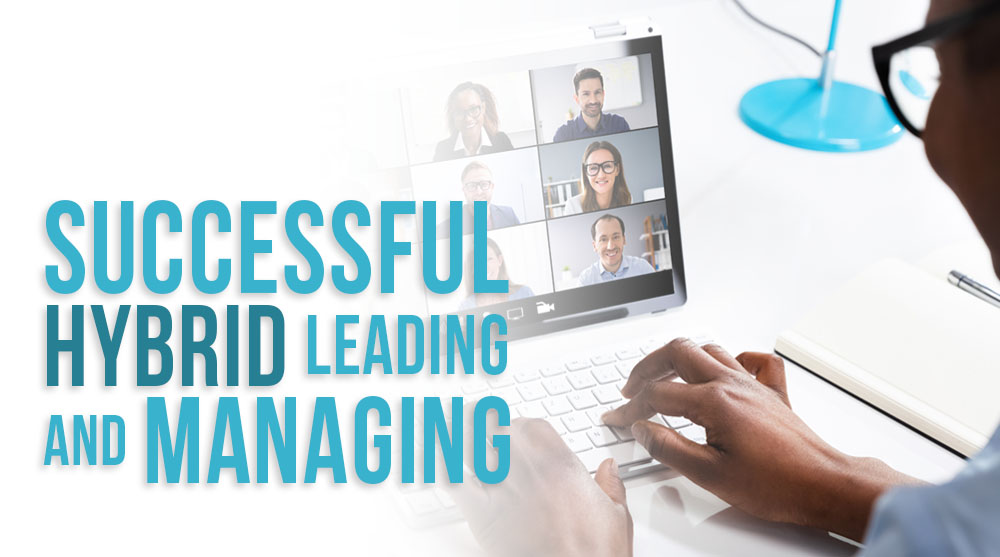Many of my clients and colleagues are continuing to struggle with decision making around “the return to normal.” Do we all move back into our spaces? What do we do about those that are not vaccinated? What do we do about those that are afraid to return to the office? What do we do about those that have other issues they are dealing with that make it difficult to return to the office full time? What about those that don’t want to have anything to do with remote work?
I cannot answer all these questions here, but what I do hope to do is provide some ways to think about a return that will include input from employees and help make the return successful.
Diving Into The Science
Linkedin data indicates that 72% of users want a remote-office hybrid model. Flexible work arrangements are no longer considered a perk and are now perceived as the way business is done. Getting hybrid right can result in:
- Increased employee well being
- Greater productivity
- Faster, better learning
- Less biased decision making
- Increased innovation
- More diverse hiring
- More inclusive practices
What needs to be considered in your Hybrid World? It might be cost of operating, simplifying operations, managers’ feelings, employees’ feelings. The neuroscience is leaning into employee/manager autonomy as the linchpin question. It is the perception of having choice or control.
The neuroscience research informs us that employees or personal autonomy and fairness are powerful in impacting threat and reward responses in the brains of our employees. Meaning perceived lack of autonomy and fairness increases threat and perceived opportunities for autonomy and fairness increases rewards. The neuroscience encourages us to maximize brain rewards and minimize threat.
The pandemic ripped control and choice away from all of us for extended periods of time. This by itself created very high stress levels, and most of us can agree that we felt real stress during that time. There are a few reasons why autonomy is identified:
- People are far apart and feel passionately about their choice. A recent statistical study of 2500 responders indicated how often they would like paid workdays at home: 30% indicated 4-5 days a week, 31% indicated 1-3 days per week and 39% indicated rarely or never. In a Flexjobs survey of 2100 responders, 59% of people said they would look for another job if forced back to the office; 31% indicated they are not sure how they would respond, and 11% said, “No big deal.” So, the question is: can your company continue to be successful if your employees are not aligned with the company? Unexpected threats get very strong threat reactions, such as what happened at the beginning of the pandemic. Unexpected rewards, such as autonomy or choice, would be a very strong reward. Therefore, give your employees some choice.
- Autonomy significantly helps reduce stress and lifts performance. A perception of choice provides a sense of predictability and perceived control over our environment—something the pandemic took away. Having choice dials down the strong emotions around autonomy. Having choice is intrinsically rewarding, and as stated above, unexpected choice is the strongest. Autonomy has a greater impact than we know. Just given the freedom to dress up your assigned cubicle increased productivity by 25%.
- Autonomy is a gift that keeps on giving. There are four ways that might happen:
- Being given a choice
- Making the choice
- Making the right choice for you
- Long term benefits from your choice
You may be asking yourself: how do I give employees choice without giving up reasonable control of how I run my business? There are all kinds of options you can give without giving up particular decisions you feel are yours to make. There is a creativity to it. Think about your parenting and how you help your children choose to do the thing you want them to do. Rather than “You have to eat your peas,” you may have said “Do you want peas, or do you want broccoli?” You don’t really care which they choose, but they will feel good about the fact that they had the autonomy to make a choice. The choice was theirs, and both parties win.

